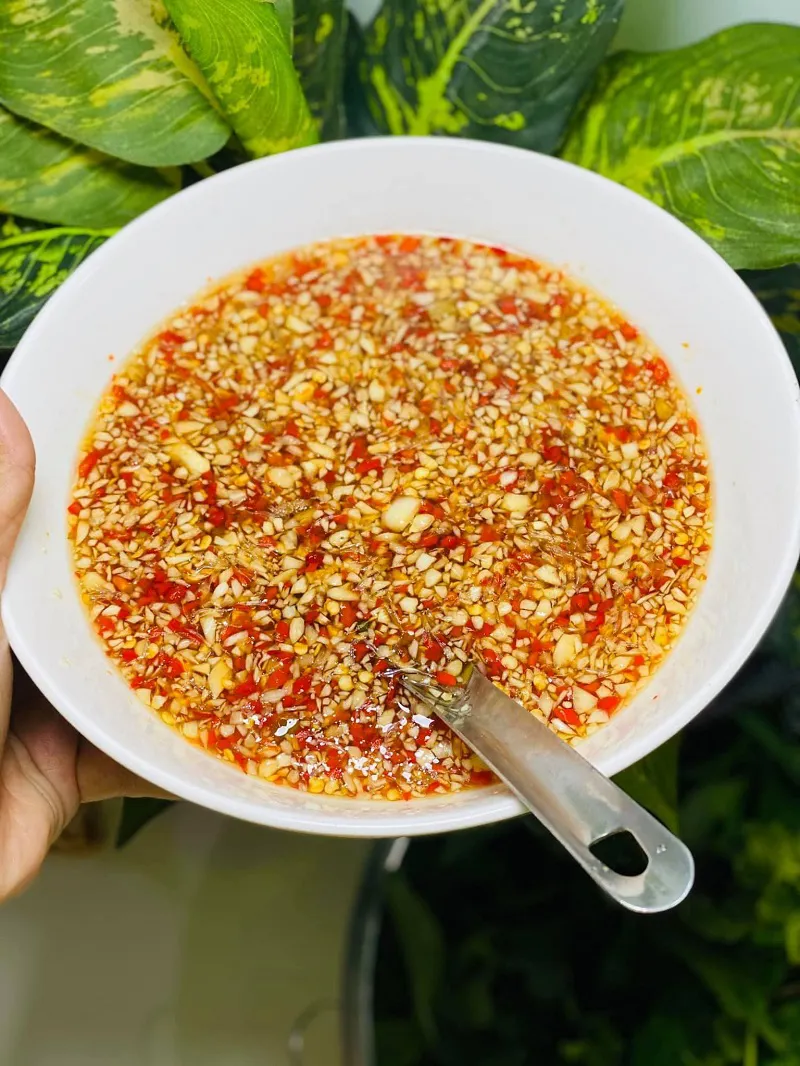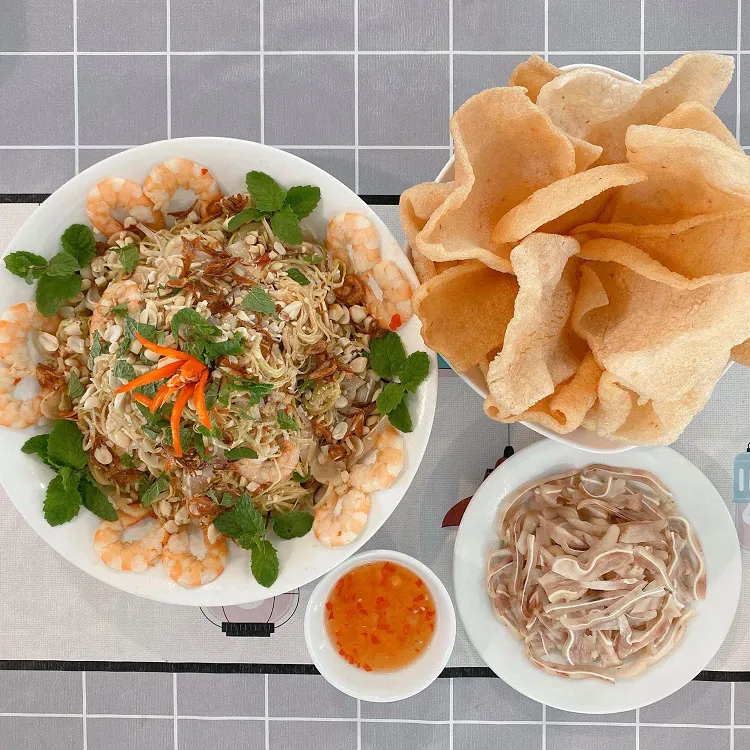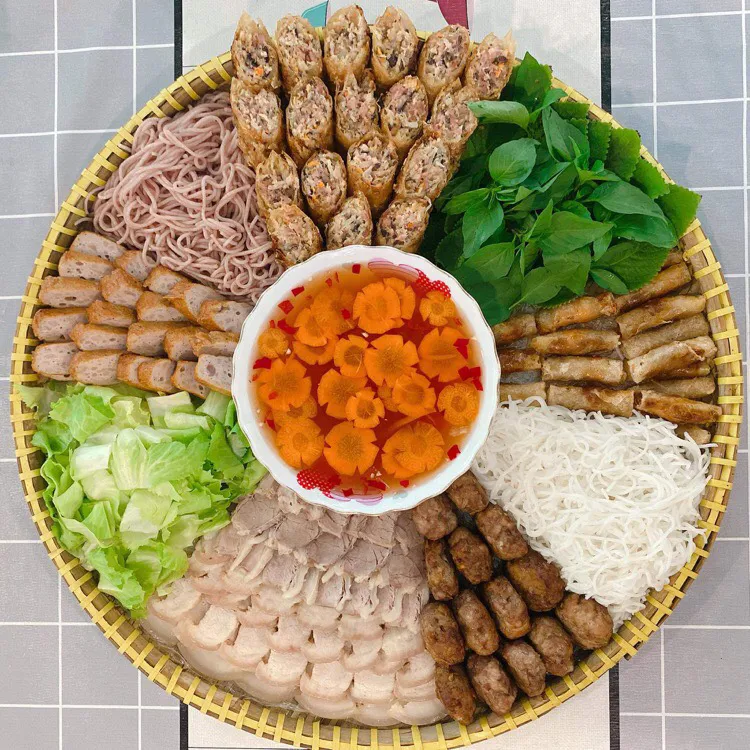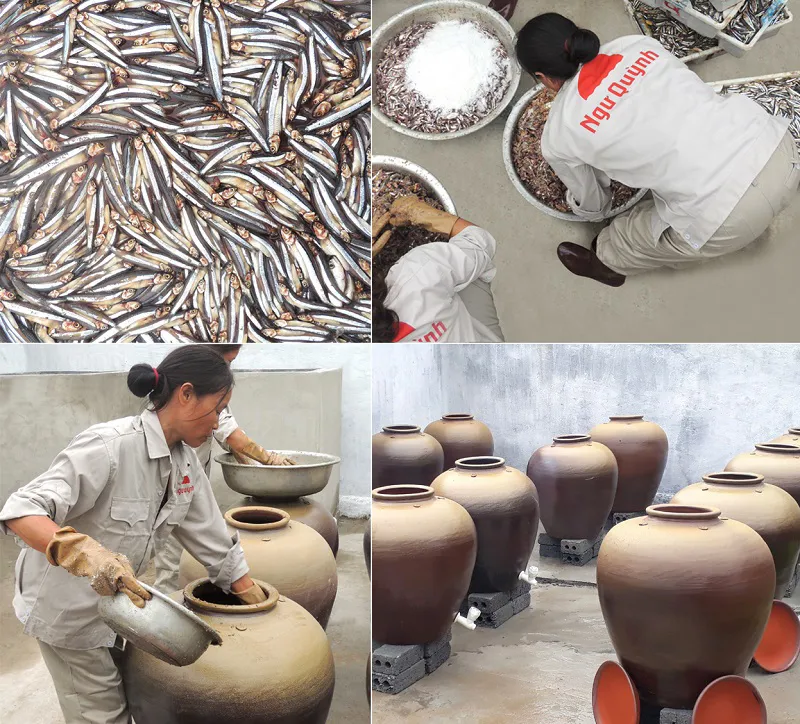Vietnamese fish sauce: a secret unveiled
Nuoc mam or fish sauce may have a strong smell but it is indispensable for daily meal of Vietnamese.
Some ‘extreme’ dishes of Vietnamese cuisine can take time to get used to, according to Leigh Bancroft- an Australian expat in Hanoi. The girl cannot eat the fish sauce on the very first days in Hanoi. “It is because of it so strong and distinct smell,” she explained.
| The sweet and sour fish sauce with minced garlic and chili pepper. Photo: Ngoc Tran |
Similar to her, some other foreigners also feel uncomfortable with the dish at first. “Just like French blue cheese, which is often described as smelly, pungent, funky, or even just “bad”, Tom Colin from New Zealand told The Hanoi Times. “The key here is in the choice of words because while a blue cheese could be any and all of those things, it’s not technically a ‘stinky’ cheese, which is its own, unique category in the cheese world. And also, the Vietnamese nuoc mam. It is unique on the planet.”
The fact is that nuoc mam is a signature aspect of Vietnamese cuisine, which distinguishes it from Chinese cooking, marked by the prominent use of soy sauce. This inimitable, Vietnamese sauce is obtained through the maceration of saltwater fish and their fermentation under sunny, natural conditions. The ingredients and climate are readily available thanks to the country's lengthy coastline and tropical weather.
Nuoc mam is an indispensable sauce for a daily meal of the Vietnamese. The Goi tai heo or Pig-ear salad is prepared by Giang Dinh |
Local savory taste
Nuoc mam may have a strong smell for the uninitiated, but it is no more intense than a Roquefort cheese or a slice of gamey meat. Plus, there are ways to lighten the odor, namely by not using it when cooking over an open fire.
There's a Thai variation of nuoc mam, but it is not comparable to the original Vietnamese product. Nuoc mam is rich in amino acids, sodium chloride, histamines, and organic and mineral phosphors.
By flavoring it with a variety of seasonings, nuoc mam can enhance the taste of different dishes. When ginger is added, it is perfect for a boiled duck. Lemon and garlic are added for fried fish, and a smashed, hard-boiled duck egg may be added for boiled cabbage.
Nem, or spring rolls, require a very light sauce seasoned simply with vinegar, sugar, and pepper, while banh cuon, a plain or stuffed rice wrap, goes particularly well with a wee bit of natural belostometidae essence. As such, nuoc mam is rightly considered essential to Vietnam's cuisine.
Known as the King of Vietnam gastronomy, it is an ingredient unique to Vietnamese food and without it, Vietnamese cuisine would Cease to be itself.
| The mixed plate of Spring Roll, Boiled Pork, Pork Paste and Grilled Pork to eat accompanied with rice noodle. Photo: Giang Dinh |
The family’s trade
In Vietnam, each nuoc mam making family has its own secret traditional methods to keep the distinctive quality as well as the unique flavor. These fish sauces are basically ‘umami’ in a bottle. As with most fermented protein products, the proteins denature and release amino acids, making them more delicious. At first glance, it seems that producing nuoc mam is not a painstaking task.
Visiting a factory, one sees neither men nor machines. Just big, silent terracotta barrels, where the fish ferments into an amber liquid.
Cuong, an owner of Cuong Ngan, one of the biggest producers in Nghe An's Phu Loi village, told The Hanoi Times about his family's traditional method of making the fish sauce that: “Fish are unloaded from boats anchored near the factory into these barrels. Most importantly, the ingredients must be fresh - if you use stale fish, you will get a stinking, stale sauce,” he said.
The fish are covered with salt and pieces of bamboo board are pressed under stones to immerse the fish in the water emitted from the salt during the fermentation process. After pressing for twelve months, the sauce is tapped from the barrels’ bottom.
| The process of making fish sauce. Photo: Nuoc mam Ngu Quynh |
The first tapping is called mam nhi (essence sauce) and is used exclusively in a rich family or high-end restaurants. These draws look like sherry wine with a bright reddish-brown color.
The second tapping, called mam dau, is sold on the popular market and is saltier and less flavourful.
Another crucial factor in the process is the use of traditional terracotta casks for fermenting, to best extract the distinctive smell and color. The length of time in the barrels determines the quality of the finished products, with some fermenting for up to three years.
Though the southern central province of Phan Thiet is considered the cradle of the craft, other places famous for producing nuoc mam include Phu Quoc Island, also in the south, and Phu Loi (Nghe An province), Sam Son (Thanh Hoa), and Cat Hai island (Hai Phong), all in the north, plus the central provinces of Binh Dinh and Phan Thiet.
After one year in Vietnam, Leigh agreed that nuoc mam “doesn't taste remotely fishy”. “It not only boosts the flavor, with its salt content but also adds a deeper savory taste to dishes,” she added. She now admits to eating fish sauce daily and even put it into Western dishes she cooks, such as pasta sauce, scrambled soups.














